Discover the different types of flower, with pictures and examples. An easy to understand botany lesson on one page!
Types Of Flower With Pictures And Examples
With around 300,000 species, flowering plants (also known as angiosperms) make up the majority of all living plant species.
On this page we take a look at the different types of flower produced by angiosperms. We also find out how multiple flowers grow in clusters known as inflorescences, and the different types of inflorescence that are found in the plant kingdom.
Read on to find out more about flowers (and how to describe them using the correct botanical terms)...
Page Index
- Introduction To Flowers
- Monocots And Dicots
- Regular And Irregular Flowers
- Superior And Inferior Ovary
- Male And Female Flowers
- Complete And Incomplete Flowers
- Perfect And Imperfect Flowers
- Types Of Flower Structure
- Solitary Flower Vs Inflorescence
- Solitary Flowers
- Types Of Flower Inflorescence
- Catkin
- Flower Head or Capitulum
- Raceme
- Panicle or Compound Raceme
- Corymb
- Umbel
- Spike
- Spadix
- Types Of Flower: Conclusion & Further Reading
Further Reading on Active Wild
- A complete introduction to botany on one page: Plants: The Ultimate Guide to the Plant Kingdom
- Discover the diversity of the plant kingdom: Different Types of Plant with Pictures and Facts
- Find out about the reproductive strategies of every major plant group: Life Cycle of a Plant: How Plants Reproduce
- Learn about the parts of a flower and what they do: Parts of a Flower with Diagram and Pictures
Introduction To Flowers
Flowers come in all shapes and sizes, yet all are designed to perform the same basic function; flowers are the plant’s reproductive organs.
Produced inside flowers are the male and female cells that give rise to a plant’s offspring. Fertilization of the egg takes places inside a flower, as does the development of the plant’s seeds prior to dispersal. Part of the flower itself will become the fruit that protects the seed on its journey. (Flowering plants are the only type of plant to produce fruit.)
Many flowers also play an additional, vital role: attracting pollinators. Pollinators are animals that carry pollen from the flower’s male parts to the female parts of another plant of the same species (or, sometimes, to the female parts of the same plant).
In return for this service the pollinator is rewarded with pollen and/or nectar.
The coevolution of insects and flowering plants has been highly beneficial for both groups. However, not all flowers rely on animal pollinators; many species are wind-pollinated.
Flowers that rely on pollinators are often brightly-colored or strongly-scented (or both). Those that are wind-pollinated tend to be smaller and less conspicuous.
Monocots And Dicots
There are two main types of flowering plant: monocots (monocotyledons) and dicots (dicotyledons). The differences between the two become apparent early in the development of the plant.
Cotyledons, also known as ‘seed leaves’, are the first leaves to form in a plant embryo.
Monocots have a single cotyledon; whereas dicots have two cotyledons.
The differences between monocots and dicots are also apparent in adult flowers.
The parts of a monocot flower (i.e. its petals, etc.) are usually grouped in multiples of three, and its leaves are narrow with parallel veins.
The parts of a dicot flower are usually arranged in multiples of four or five, and the leaves are broad with net-like veins.
Additionally, with the exception of palms, monocot plants are non-woody.
- Examples of monocots: grasses (e.g. rice, wheat, maize); palms, lilies, tulips, irises, amarylis, orchids, daffodils
- Examples of dicots: magnolias, nutmeg, laurels, roses, gorse, evening primrose, fuschia, gardenia, coffea
Regular And Irregular Flowers
Most types of flower have petals that are all the same shape and spaced at the same distance from each other around a single, central point; they are radially symmetrical. Flowers such as these are said to be regular, or actinomorphic.
Irregular, or zygomorphic, flowers have at least one petal or sepal* of a different shape or size to the others.
* A sepal is one of the outer ring of petal-like leaves that surround a flower’s petals. They sometimes look like petals themselves.
Instead of being radially symmetrical, irregular flowers are bilaterally symmetrical (i.e. one side is a mirror image of the other). Often a petal at the front is enlarged to form a lip.
- Examples of regular flowers include: roses, marsh marigold, wood anemone
- Examples of irregular flowers include: plants in the pea family, orchids, most violets.
Superior And Inferior Ovary
If the various parts of the flower (i.e. the sepals, petals, stamens, etc.) are attached to the receptacle below the ovary, then the ovary is said to be superior. Flowers with superior ovaries are said to be hypogynous.
(The receptacle is the base of the flower to which the other parts of the flower are attached. The point at which the parts of the flower are attached is known as the insertion point.)
If, however, the various parts of the flower are attached above the ovary, then the ovary is said to be inferior. Flowers with ovaries that are inferior are said to be epigynous.
Some flowers have half-inferior ovaries. Here, the ovary is surrounded by the receptacle that bears the parts of the flower. Such flowers are said to be perigynous or half-epigynous.
The position of the ovary can often be seen by viewing the flower from the side.
- Examples of flowers with superior ovaries include members of the family Fabaceae (the bean / legume family), members of the gentian family Gentianaceae
- Examples of flowers with inferior ovaries include fuschias, orchids, members of the bellflower family Campanulaceae
Male And Female Flowers
A Hermaphrodite plant has flowers that contain both male and female parts. Flowers such as these are said to be ‘bisexual’.
- Examples of hermaphrodite flowers include: hibiscus, roses, tulips, lilies
A Monoecious plant has male flowers and female flowers, both of which are found on the same plant.
- Examples of monoecious plants include: pumpkins, walnuts, birches
A Dioecious plant has male flowers and female flowers, with only flowers of the same sex being found on any individual plant.
- Examples of dioecious plants include: holly, willows, cashew, ginkgo biloba
Some hermaphrodite plants have adaptations to prevent self-pollination. Self-pollination occurs when a plant is pollinated by its own pollen.
An example of a flower adapted to prevent self-pollination is the common primrose, Primula vulgaris. Although its flowers contain both male and female parts, every flower of an individual plant has either extended male parts, or extended female parts.
This lessens the likelihood of the plant being self-pollinated, as an insect carrying pollen from a male flower would be unlikely to deposit it on the smaller female parts of a flower of the same plant. It would have to fly to a plant with extended female parts for pollination to occur.
Complete And Incomplete Flowers
A flower is typically comprised of four parts: the sepals, petals, stamens and carpels (or pistil). Flowers in which all of these parts are present are said to be ‘complete’.
Flowers in which one or more of these parts are missing are said to be ‘incomplete’.
Perfect And Imperfect Flowers
If a flower has male and female parts (i.e. it is bisexual) then it is said to be perfect, even if it is missing either sepals or petals.
A unisexual flower (i.e. one found on either a monoecious or a dioecious plant, see above) which lacks either male or female parts is said to be imperfect. Male flowers (i.e. those that only have male parts) are known as staminate flowers. Female flowers (i.e. those that only have female parts) are known as pistillate flowers.
Therefore, all complete flowers are also perfect, but not all incomplete flowers are imperfect (because as long as both the male and female parts are present, a flower is perfect, even if other parts are missing).
Types Of Flower Structure
Solitary Flower Vs Inflorescence
Flowers are either solitary or grouped in clusters known as inflorescences. There are several types of inflorescence. Some inflorescences (e.g. heads, see below) resemble solitary flowers despite being comprised of many small flowers.
Both solitary flowers and inflorescences grow at the end of a stalk known as peduncle.
Solitary Flowers
A solitary flower that grows at the tip of a main stem or branch is known as a solitary terminal. One that grows at an axil (the point at which a leaf grows from a stem) is known as a solitary axillary.
Types Of Flower Inflorescence
Catkin
A catkin is a drooping, cylindrical cluster of many small flowers which often lack petals.
- Examples of plants with catkins: birches, willows, oaks
Flower Head / Capitulum
A flower head is a cluster of small flowers that together resemble a single flower. A single head can contain over a thousand small flowers, all of which grow from the same receptacle.
What appear to be the petals of a head are actually whole flowers called ray flowers. The densely-packed flowers in the center of the head are known as disk flowers.
Other names for a head include composite flower, capitulum and pseudanthium (from the Greek for ‘false flower’).
- Examples of plants with heads include sunflowers, dahlias, chrysanthemum, teasels and daisies.
Raceme
A raceme is an inflorescence in which individual flowers grow on pedicels (short stalks), which themselves grow from a main stem known as a rachis. (The rachis itself is supported by a peduncle.)
The flowers on pedicels at the base of the rachis bloom first, with younger flowers being produced as the shoot grows.
- Examples of plants with racemes include: foxgloves, mustard plants, fireweed (known in the UK as rosebay willowherb) and lupins.
Panicle / Compound Raceme
The inflorescences of some plants consist of multiple racemes branching from a main stem. This type of many-branched inflorescence is known as a panicle, or compound raceme.
- Examples of plants with panicles include lilacs and many species of grasses
Corymb
A corymb is a raceme in which, despite the individual pedicels growing from different points of the rachis, has flowers at the same level (due to the pedicels being of different lengths).
- Examples of plants with corymbs include plants of genus Achillea, including the common yarrow.
Umbel
An unbel is an inflorescence in which multiple flower-holding stems branch out from the same point of a central stem. Umbels resemble umbrellas, and the word umbel comes from the same Latin word umbella, as umbrella.
Umbels can either be simple, with a single umbel; or compound, with multiple umbels growing from the same point.
- Examples of plants with umbels include: cow parsley, wild carrot and hogweed.
Spike
A spike is a raceme in which the flowers grow directly from the rachis, rather than from pedicles.
- Examples of plants with spikes include: plants of genus Verbascum (e.g. common mullein), lavender and the hoary plantain.
Spadix
A spadix is a type of spike in which small flowers grow from a cylindrical, fleshy stem. The spadix is usually surrounded by a bract called a spathe.
- Examples of plants with spadices include members of the arum family Araceae, including the peace lily, cuckoo-pint, and the titan arum.
Types Of Flower: Conclusion & Further Reading
On this page we have taken a look at the various tasks a flower performs; the various different parts and structures of a single flower; and the way in which multiple flowers are arranged as inflorescences.
Using this knowledge, you will now be able to compare different types of flowers using the language used by botanists.
You can find out more about plants and the plant kingdom on the following pages:
- A complete botany lesson on one page: Plants: The Ultimate Guide to the Plant Kingdom
- Discover the diversity of the plant kingdom Plantae: Different Types of Plant with Pictures and Facts
- Find out about the reproductive strategies of every major plant group: How Plants Reproduce

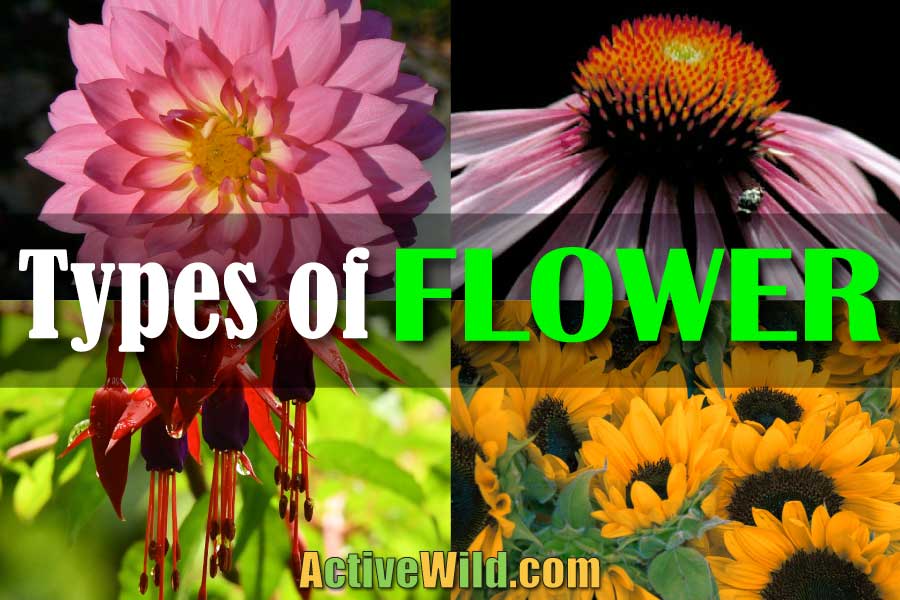

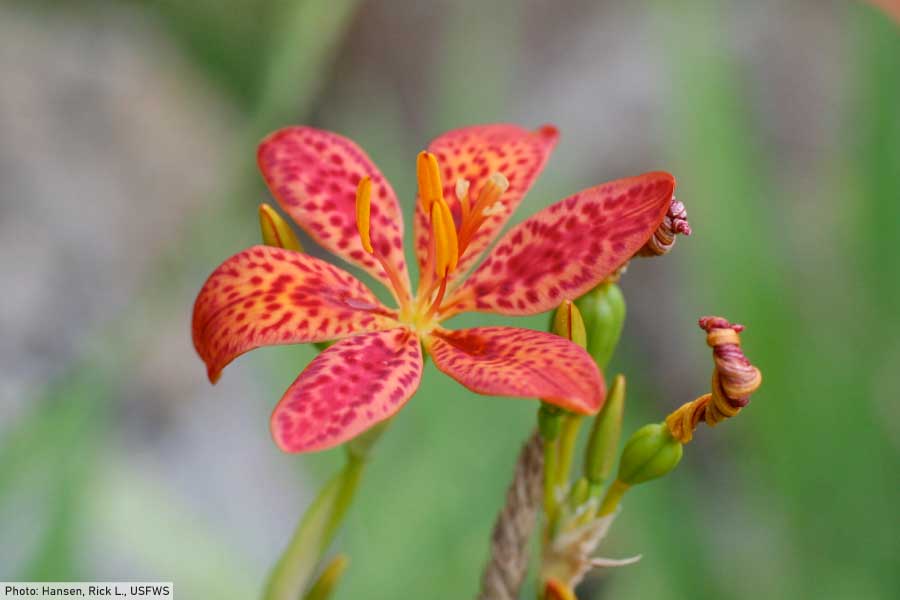
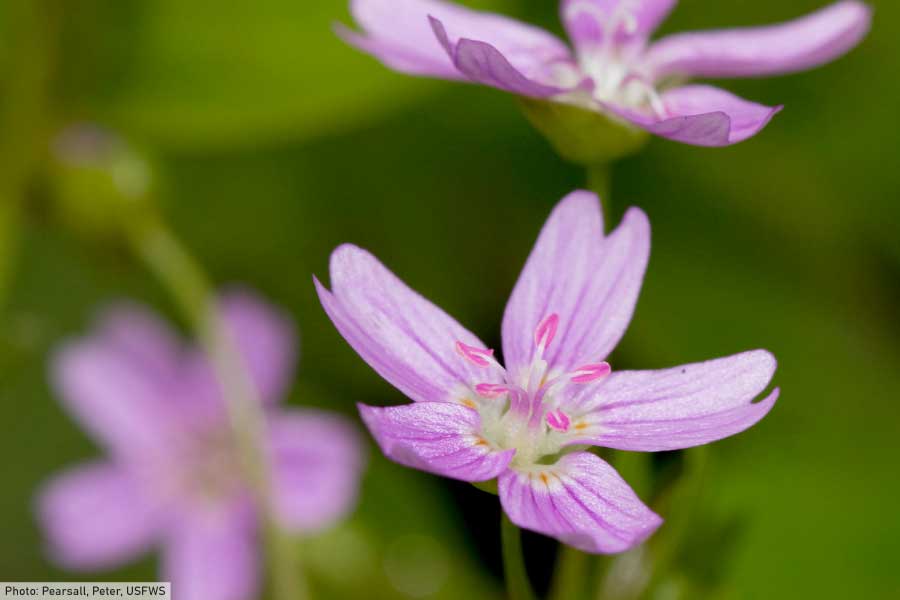








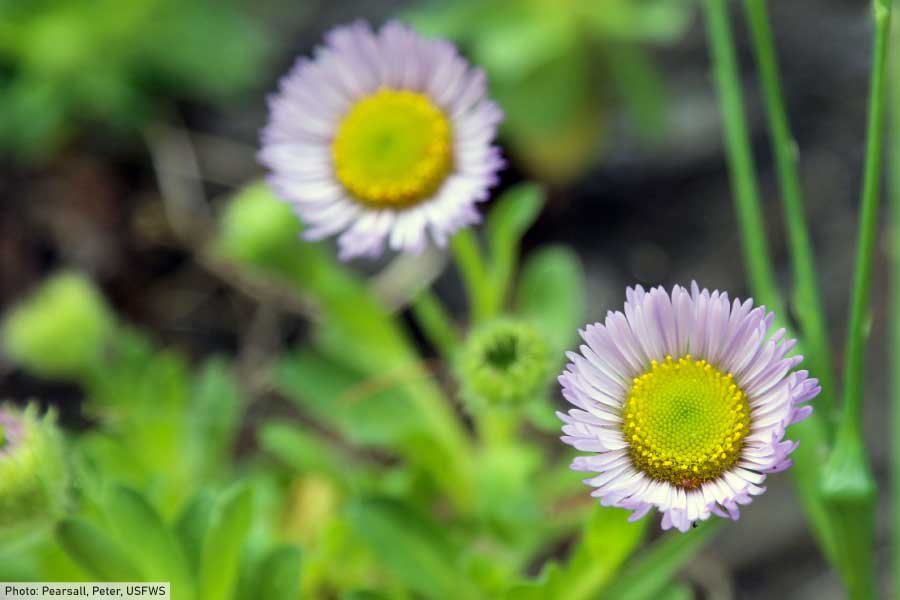
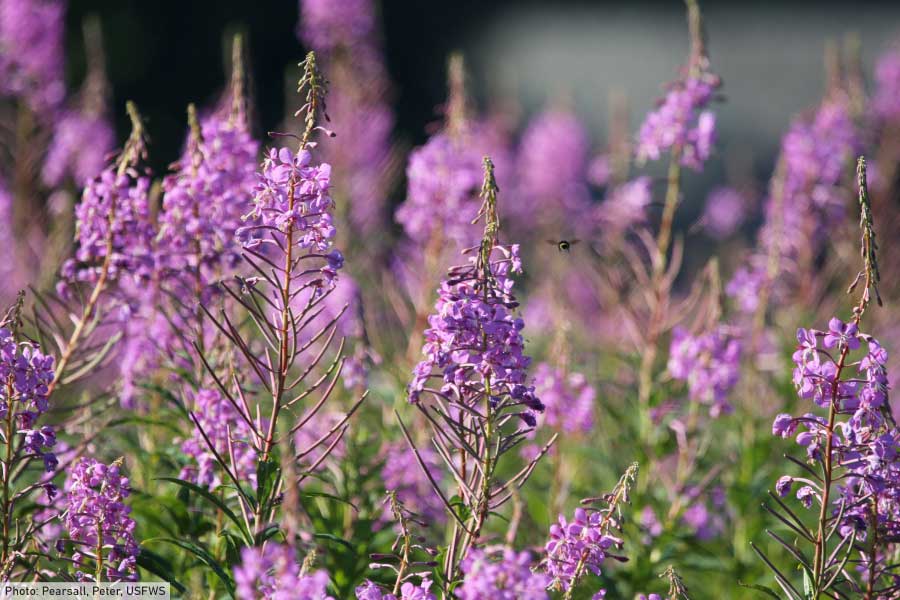






Thanks
This was helpful
Thanks for your great article, it was so helpful